North Bank Retreat 2019
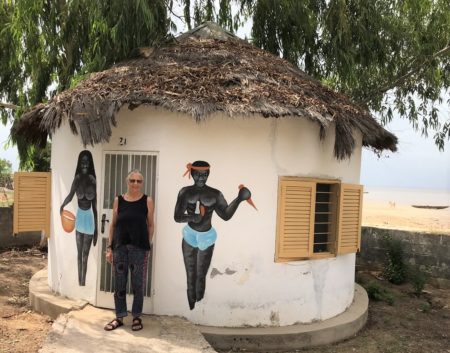
The 2019 North Bank Region (NBR) retreat was held at Kunta Kinteh Roots Camp, which is across the River Gambia from Kunta Kinteh Island (commonly known as James Island). We had a short Volunteer Advisory Committee (VAC), enjoyed a delicious fresh fish lunch, and some of us took a boat trip to tour the ruins on Kunta Kinteh Island.
“North Bank Best Bank” is our slogan, and I enjoy being part of this fun group of volunteers – you can read about last years retreat at Janick Island here.
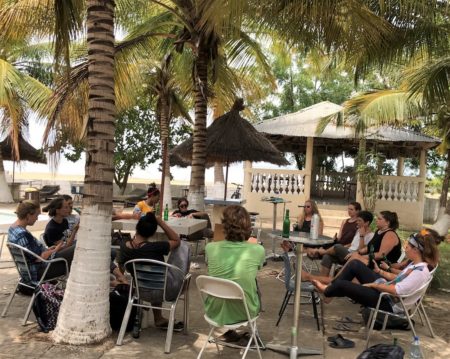
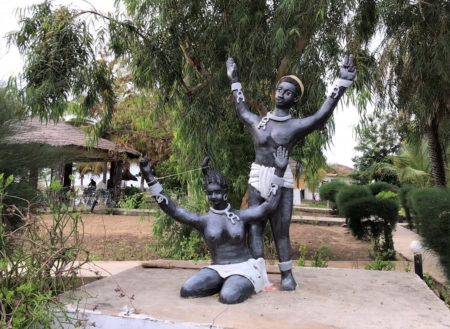
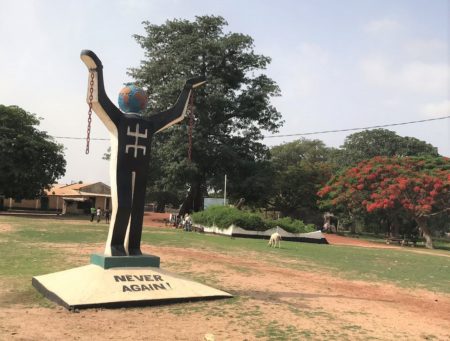
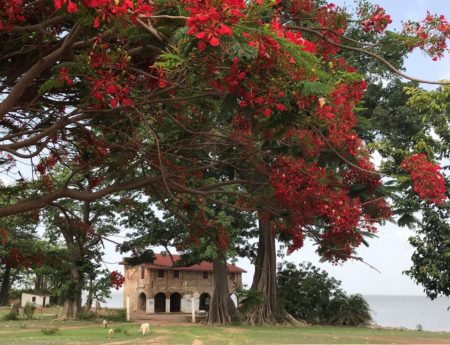
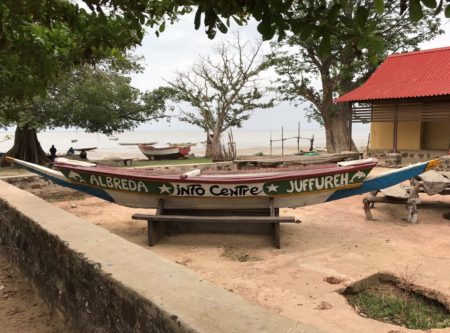
The camp was very peaceful, the staff was friendly, and the accommodations were excellent. It is right on the beach, with just a short walk to a restaurant, small cultural center and the tour boat departures. The villages of Albreda and Juffureh receive many benefits from the tourist who are following the journey of Kunta Kinteh, who was depicted in Alex Haley’s book and TV series Roots. He was one of many Gambians captured and transported across the ocean into a life of slavery. The area is filled with historical memories, and it is apparent that preserving the ruins of colonialism and slavery is important to this community, with the hope that the world will not forget these tragic historical times.
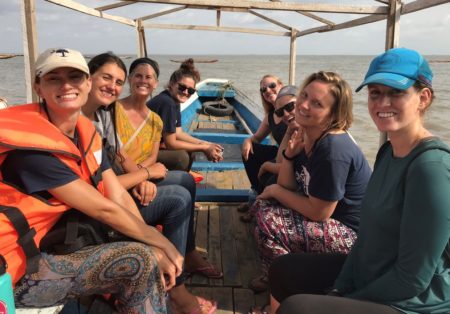
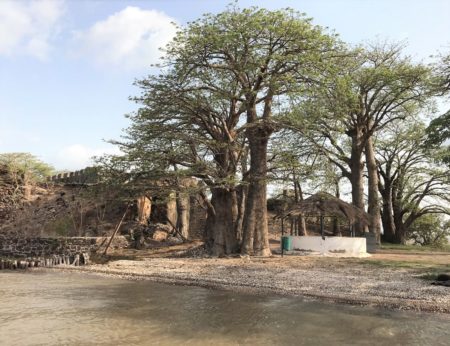
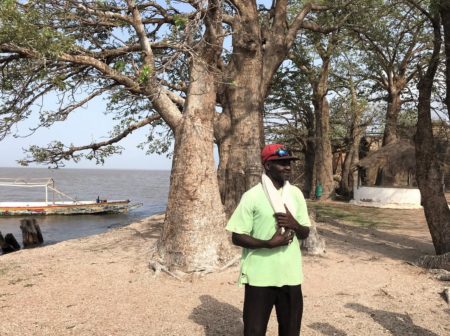
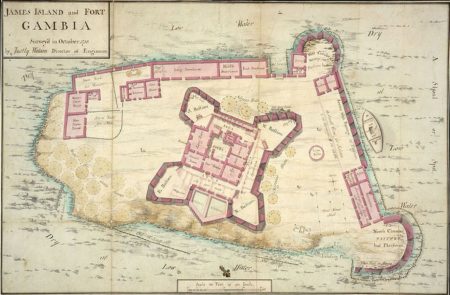

Kunta Kinteh Island is an important historical site from the time of West African slave trade, and it is listed as a UNESCO World Heritage Site. The island is suffering heavy erosion, and is now approximately 1/6 of its size during the time when the fort was active. Ruins of several of the British administrative buildings (including a single cell, apparently used to house the most troublesome captives), a small jetty and a number of skeletal baobab trees remain. The ruins have currently been stabilised and protected by a capping. Although, because the island is low-lying, during high tide and heavy storms the waves will sometimes beat against the surviving structures.
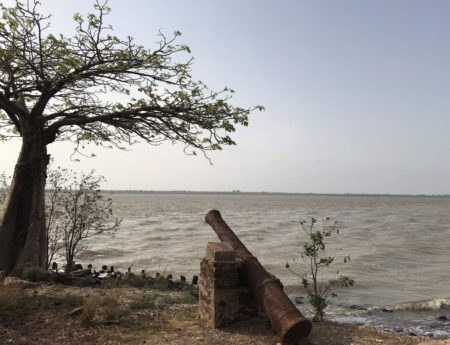
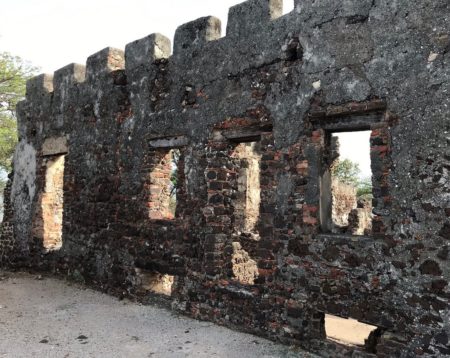
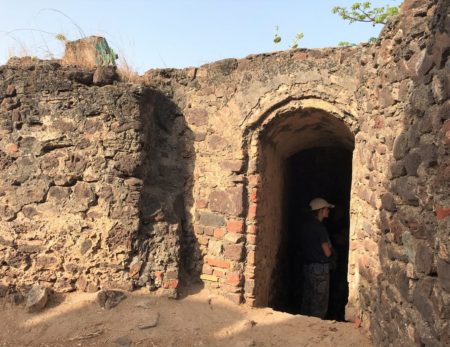
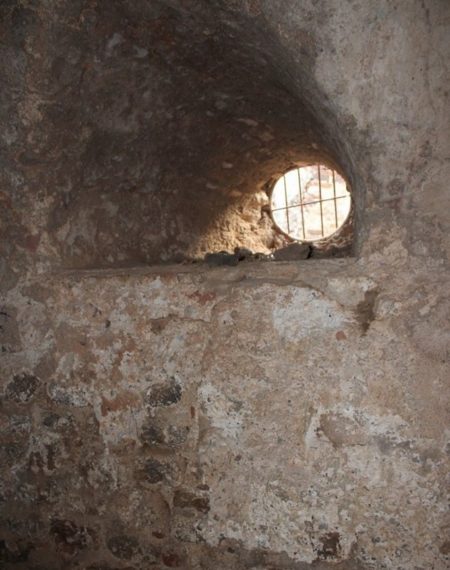
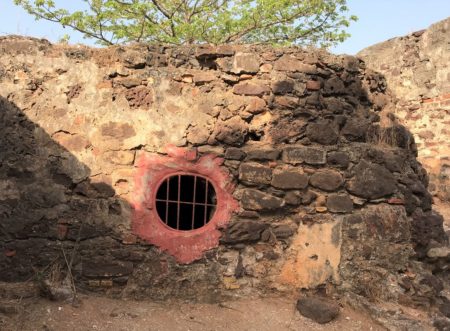
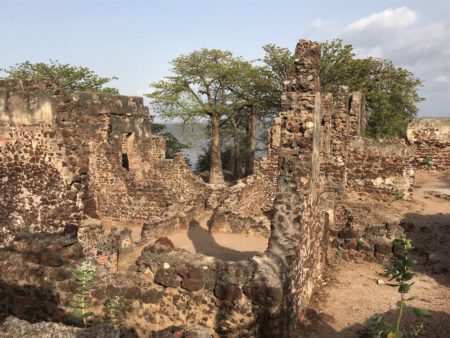
Kunta Kinteh Island sits at the mouth of the River Gambia, and was very important when the first trade routes to the inland of Africa were being developed. The site was already a contact point with the Arabs and Phoenicians before the arrival of the Portuguese in the 15th century. This region forms a cultural landscape, and illustrates all the main periods and of the various stages of the African-European encounters, from its earliest moments in the 15th Century through the independence period. Many historic remnants of the slave era are clear to see, and include contours, gun batteries, and dungeons, all set to an atmospheric backdrop amid old baobab trees and a striking landscape.
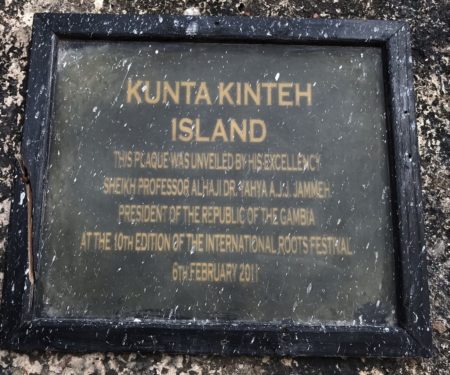
I enjoyed being able to tour these historical sites, and see how this developing nation is trying to preserve its heritage. I am a proponent of the concept that historical knowledge can give us a clearer frame of reference, with the hope the world’s leaders will make good decisions that benefit everyone. It distresses me when I see the truth being distorted, denied or devalued by so many in our current political climate.
“The truth shall make you free” (John 8:32).
3 thoughts on “North Bank Retreat 2019”
The first time I heard of the River Gambia was in Alex Haley’s book Roots, published in 1976. But it was the television series in 1977 that really changed the way most white Americans understood the brutality of slavery. Up to that point, white Americans preferred not to think about it, choosing instead to believe the antebellum romanticism of “Gone With the Wind.”
It is so great that you have been able to view all this history. So much to see and learn that most of us will never see.
I continue to learn from your exceptional blog and enjoy all your experiences vicariously. Thanks, Susan, for sharing this amazing two years.
Comments are closed.